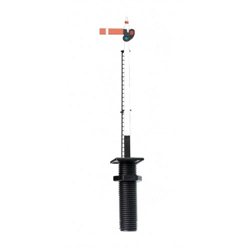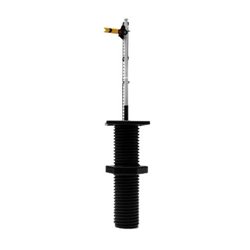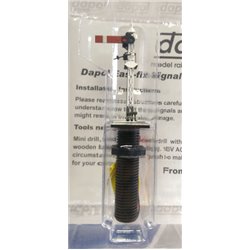Mainline Railways was a British model railway brand that operated between 1976 and 1983, introduced by Palitoy, the...
No products
Product successfully added to your shopping cart
There are 0 items in your cart. There is 1 item in your cart.
Search Tips
Open on Good Friday
The shop will be open on Friday 18th April.
Bring us some chocolate!
How do I add railway semaphore signals to my layout?
Some modellers new to the hobby are understandably daunted at the prospect of adding signals to their layout.
What do they do? How do they work? what are the different colour semaphores signals for? What are upper and lower quadrants? Where do I place my signals on my layout? I hear you cry.
Believe it or not the answers are very simple and straightforward.
What do railway signals do? The idea behind signals was to add a certain amount of safety to the railways, basically a traffic light system for trains.
How do railway signal work? Back in the day real railways would have all their signals for their designated section of track (AKA a block) in the signal box, and with the help of large levers, wire and pulleys, could operate all the signals he required. The signal boxes for the various stations would be connected by a bell system allowing the signalman to actuate his levers accordingly in response to the bells.
What are the different colour semaphore signals for? This is a lot simpler than it would seem: each signal board has two sides the most important one is the stop and go one which is red with a white vertical line through it and also has a red and green lens used at night with a paraffin lamp behind the lenses. On the reverse of this is a white-faced signal with a black vertical line going through it.
The distant signal is yellow in colour with a V shape notch cut out of the signal board and a black chevron through the yellow signal.
This signal would let the train crew know it was the first stop signal for the next block of track covered by signalman further down the line. It would also let the crew know the condition of the line down to the next red and white signal.
On the reverse is a white-faced signal with a black chevron through it.
Do not worry about the black and white signal boards as they just denote that it is the back of the signal and should be disregarded.
What are upper and lower quadrants? The important thing to remember here is, that regardless of which quadrant the signals are working, when the red signal with the white vertical line is in the horizontal position YOU STOP!
Most railway companies adopted the upper quadrant this means the signal board goes from horizontal (for stop) up to about 40 degrees (for go).
Although! Great Western Railway adopted the lower quadrant, so the signal instead of raising 40 degrees it is lowered 40 degrees from the horizontal (For Go).
Where do I place my signals on my layout? If you are recreating a layout that is of an existing station I would suggest going and have a look to see where the signals are positioned and what sort of poles they are on, or see if you can find any old photos. If you are not too worried about precision placement then place them about a hands width past the end of your station one at each end of the station. One would be the starter signal, the other side of the station would be the home signal and then the distant signal placed further along the track.
Click here to receive the tips weekly in your mailbox. You can unsubscribe at any time.






.jpg)



